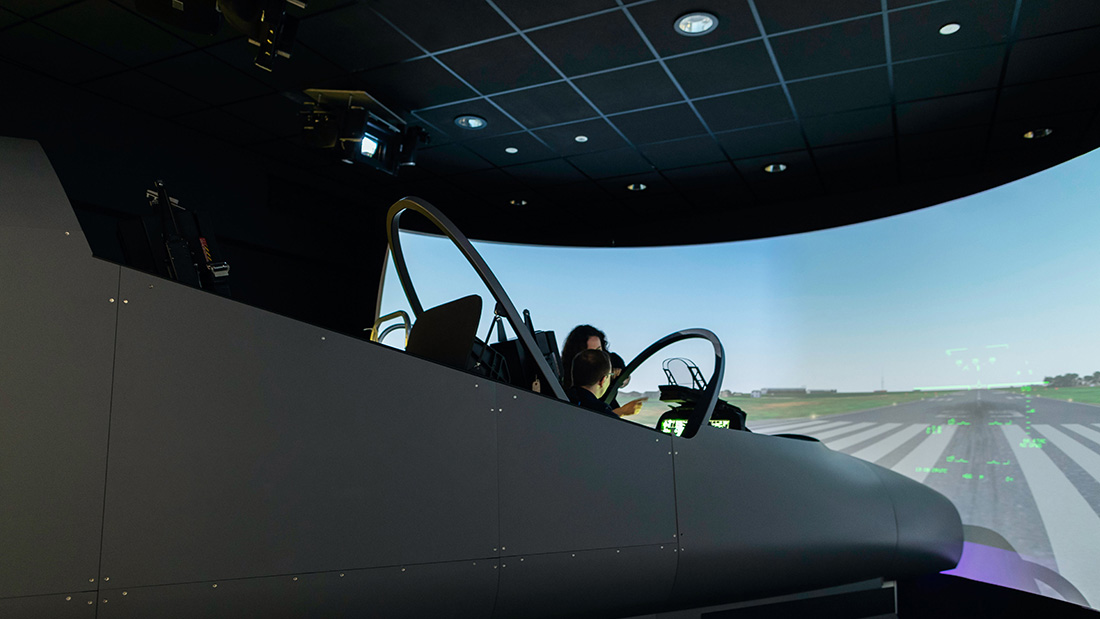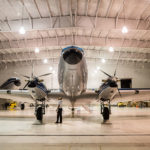Aerospace Engineer: Description and the best paid jobs

Aerospace Engineering
Description… and where to find the best paid jobs
What is Aerospace Engineering? What do Aerospace Engineers do?
Definition – Aerospace engineering is the design, development, production (manufacture), testing and maintenance of civil and military aircraft and spacecraft including components and associated systems. This includes robots, explorers and satellites in space.
An aerospace engineer improves the fuel efficiency, safety and reduces the running costs of aircraft and spacecraft.
An avionics engineer or technician is primarily concerned with the electrical and electronic components of an aircraft.
An Aircraft Engineer is primarily concerned with the maintenance of aircraft.
An Astronautical Engineer specialises in the development of spacecraft and how they perform inside and outside the Earth’s atmosphere, which includes satellites (cubesats and traditional large satellites), rockets, space capsules, space launch probes and vehicles, planetary probes and space shuttles.
Aeronautical Engineering Vs Aerospace Engineering
An Aeronautical Engineer is primarily involved with aircraft design, propulsion systems and the aerodynamic performance of aircraft and construction materials. They specialise in the theory, technology and practice of flight within the Earth’s atmosphere.
Are you looking for an aerospace engineer?
Looking for aerospace engineering jobs?
Companies are looking for you
Aerospace Engineer Job Description and Requirements
Aerospace engineering is multidisciplinary. Engineers work in teams where team members are specialists.
Team tasks usually include:
- Research, both practical and theoretical
- Creating and assessing designs
- Assessing budgets and timeframes for designs
- Production and manufacture of designs
- Assembling designs
- Testing including evaluating and modifying
- Analysing and interpreting data
- Measuring and improving designs based on performance during testing procedures
- Creating manuals, reports and documentation
- Investigating and determining the cause of aircraft and spacecraft crashes
- Providing technical advice to team members, stakeholders, customers and others
This includes:
- Directing and coordinating the design, manufacture and testing of aircraft, spacecraft and aerospace products
- Assess proposed projects for the their technical and financial feasibility
- Determine if proposed projects will be safe and meet defined goals
- Ensure designs and products meet engineering principles, environmental regulations and customer requirements
- Develop design methods and ensure product meets quality standards
- Assess completion dates and ability to deliver the product to the client
- Test and inspect products and repair malfunctioning parts
- Identify problems and challenges and find solutions
Aerospace engineers develop new technologies for aviation, defense systems and spacecraft. They often specialise in:
- Aerodynamic fluid flow
- Structural design
- Navigation, guidance and control
- Communication and instrumentation
- Combustion and propulsion
- Robotics
They also specialise in designing various aerospace systems such as:
- Commercial and military aircraft (including helicopters)
- Remotely controlled aircraft and rotorcraft (including drones)
- Spacecraft, launch vehicles, landers and satellites
- Military defense systems (including missiles and rockets)
Aerospace engineers usually become experts in one or more fields such as:
- Aerodynamics
- Thermodynamics
- Celestial mechanics
- Flight mechanics
- Acoustics
- Control and guidance systems
- Materials
- Propulsion
The above description also includes the roles of aerospace engineering technician, for aerospace mechanical engineering and aerospace systems engineering.
Is Aerospace Engineering hard? Where do Aerospace Engineers work?
They mainly work in an office environment because modern aircraft design uses sophisticated computer and software design tools for modeling, test simulations, evaluations and training.
They work in a team environment, so important skills are the ability to:
- Communicate well
- Be a team player
- Effectively manage time well
- Project manage
- Work towards a common goal
Work can be full time or part time.
How to become an aerospace engineer - Aerospace Engineering Degree
An aerospace engineering career requires having a Bachelor of Aerospace Engineering or similar engineering science degree related to aerospace systems.
Top aerospace engineering schools, universities and colleges offer:
- Cooperative programs and internships in collaboration with businesses that enable students to gain real world experience while also earning an income
- A 5 year program that leads to a Bachelors and Masters in Aerospace Engineering (PhD)
- Some of the course classes online (Aerospace Engineering major)
A military aerospace engineer degree is another option (Airforce, Navy, Army).
How much do Aerospace Engineers make? Aerospace Engineer Salary
Depending on experience an aerospace engineer can expect to earn:
- Salary range – $56,000 to $160,000 per annum
- Average salary – $95,000 per annum
Aerospace engineering starting or entry level salary – around $60,000pa
Demand for aerospace engineers is high.
Are you looking for an aerospace engineer?
Looking for entry level aerospace engineering jobs?
Companies are looking for you
Aerospace Engineering Companies
The top companies to work for are:
- Boeing
- Lockheed Martin
- Airbus
- General Dynamics
- Northrop Grumman
- SpaceX
- Rolls Royce
- Blue Origin
- Reaction Engines
The above is a very small list. There are many more companies that require the skills of an aerospace engineer.
Aerospace Engineering Facts
Here are some fun facts:
- A 747 has more than 6 million parts
- Aerospace engineering first appeared in the 1950’s
- iPhones (iPhone 7) contain aerospace grade aluminium
- A jet engine contains every metal from the periodic table
Mechanical and Aerospace engineering
Aerospace vs Mechanical Engineering is a question often asked. Mechanical Engineers design, build, test and maintain all manner of machines in all manner of places. It covers virtually all areas of development and production.
Aerospace Engineer resume
To write a resume that will get noticed, go here.
Cover letter
To write a 4 sentence cover letter that will get you an interview, go here.
Are you looking for an aerospace engineer?
Aerospace Engineering Jobs Near Me
Companies are looking for you




